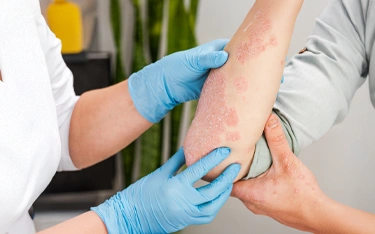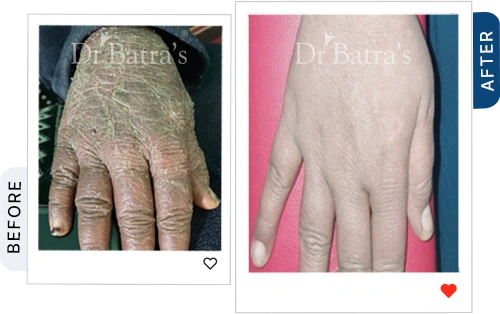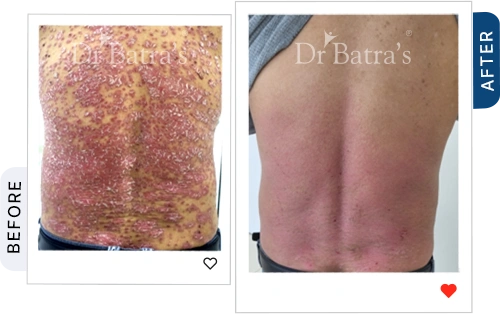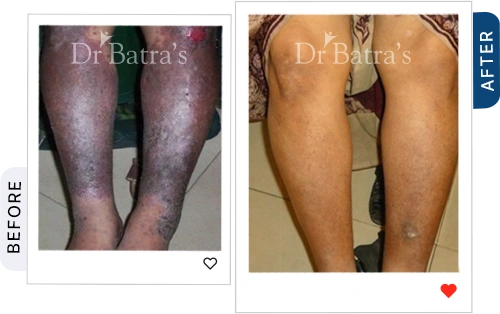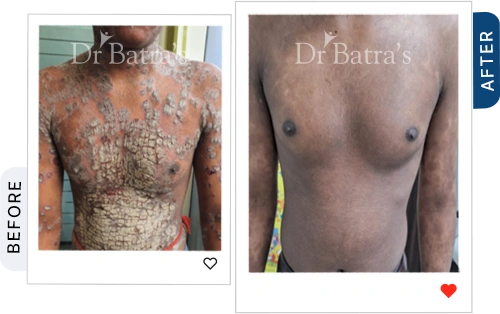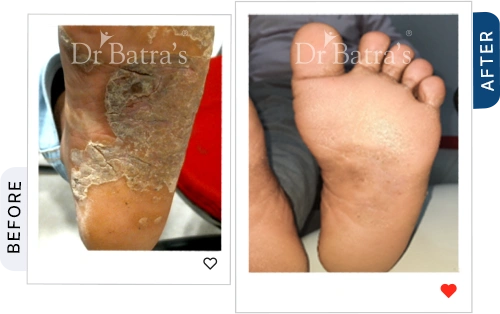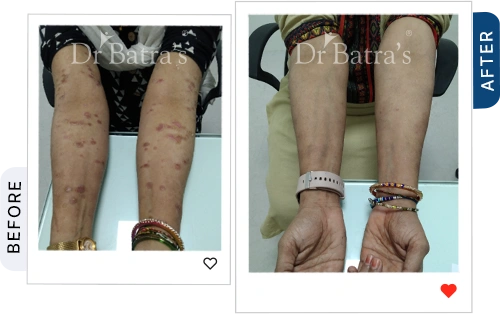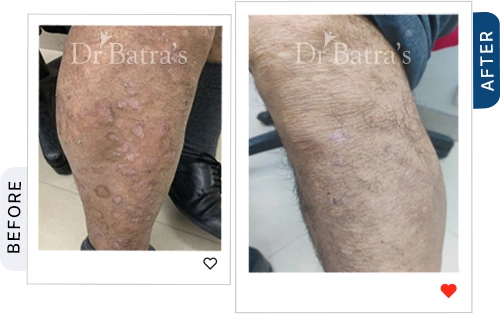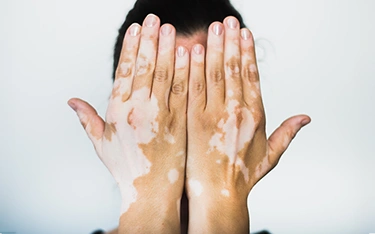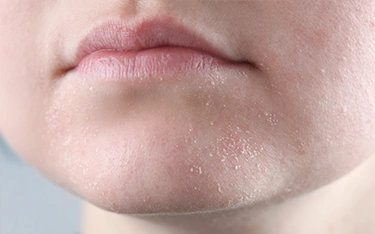FAQs
What are the five main types of psoriasis?
Plaque, Guttate, Pustular, Inverse, and Erythrodermic psoriasis.
What is Type 2 psoriasis?
It refers to late-onset psoriasis, appearing after age 40.
Can psoriasis affect the nails and scalp?
Yes, scalp psoriasis and nail psoriasis are common in psoriasis patients.
What is the difference between plaque psoriasis and psoriasis vulgaris?
They are in the same condition; Psoriasis Vulgaris is another name for Plaque Psoriasis.
